Subtotal: ₦35.00
100KΩ 1W resistor
₦45.00
The 100KΩ 1W resistor is a fixed-value resistor designed for applications requiring moderate power dissipation. It is used to limit current, divide voltage, and protect components in various electronic circuits. This resistor is suitable for high-impedance circuits, signal conditioning, and precision applications where reliability and stability are crucial.
Key Features:
- Fixed resistance value of 100KΩ
- Power rating of 1 watt
- Flame-resistant coating for safety
- High reliability and stability
- Axial leads for easy mounting on printed circuit boards (PCBs)
- Suitable for high-impedance and signal processing applications
Technical Specifications:
- Resistance Value: 100KΩ
- Power Rating: 1W
- Tolerance: ±5% (J) or ±1% (F), depending on the model
- Temperature Coefficient: ±200 ppm/°C
- Operating Temperature Range: -55°C to +155°C
- Body Size: Approx. 4.0mm (Diameter) x 11.5mm (Length)
- Lead Diameter: Approx. 0.6mm
- Material: Metal oxide film or carbon film
- Maximum Working Voltage: 250V
- Maximum Overload Voltage: 400V
Applications:
- Signal Conditioning: Used in circuits to control and adjust signal levels.
- High-Impedance Circuits: Suitable for high-impedance applications and input stages.
- Voltage Dividers: Ideal for use in voltage divider circuits.
- Audio Equipment: Used in audio equipment for biasing and signal conditioning.
- General Electronics: Suitable for a variety of electronic devices and circuits.
Usage:
- Identify the resistor’s resistance value and power rating by reading the color code or label.
- Solder the resistor onto the PCB or connect it into the circuit using the axial leads.
- Ensure the resistor is placed in a location that allows for adequate heat dissipation.
- Verify the resistor’s connections and test the circuit to ensure proper operation.
Caution:
- Do not exceed the resistor’s maximum power rating to avoid overheating and potential failure.
- Ensure proper ventilation and heat dissipation when using the resistor in high-power applications.
- Handle with care to prevent damage to the resistor’s leads and coating.
- Verify the resistor’s resistance value and tolerance before use in precision circuits.
In stock
Be the first to review “100KΩ 1W resistor”
You must be <a href="http://hub360.com.ng/my-account-3/">logged in</a> to post a review.

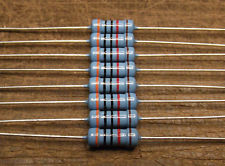

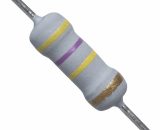

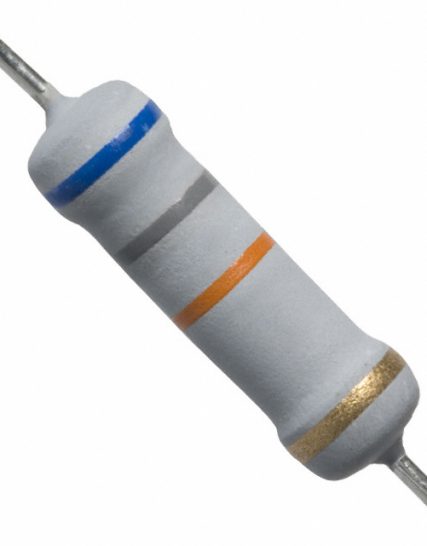
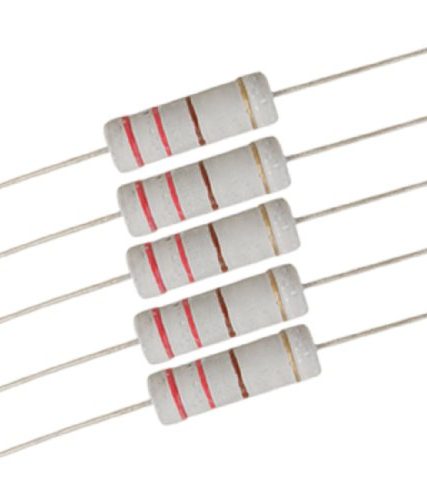
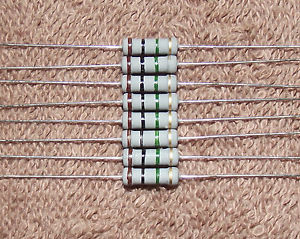

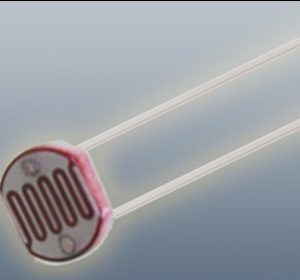

Reviews
There are no reviews yet.